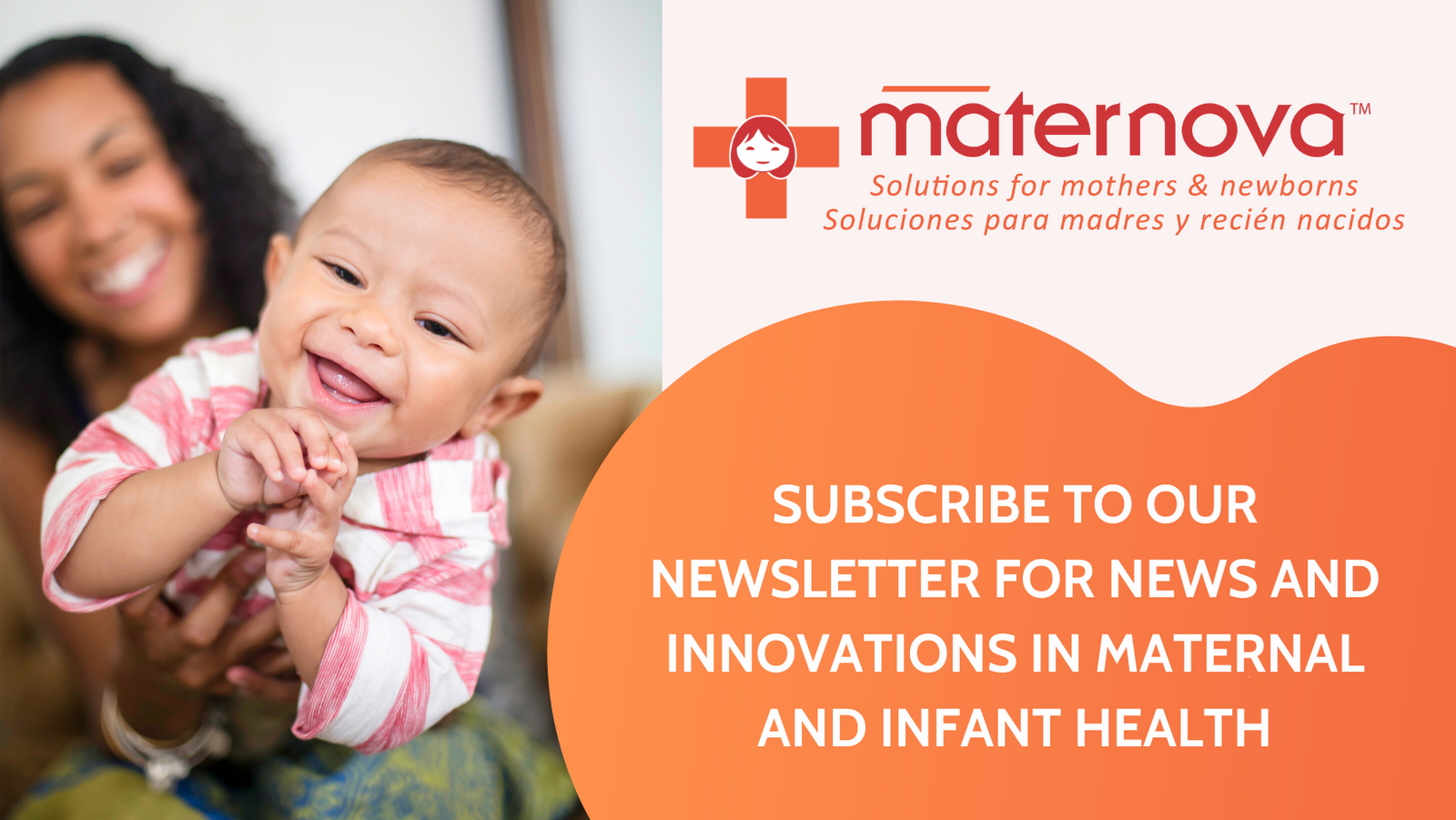
High-Fidelity Lactation Simulators Hit the Market and Spur More Realistic Teaching on Breast Health and Lactation
January 03, 2021 2 min read
The health risks for infants and mothers related to not breastfeeding, or ceasing breastfeeding prematurely, have been well-documented in maternal health literature. Infants who are not breastfed have a higher likelihood of dying from infectious diseases, pneumonia, and leukemia, and are more likely to have Type 1 and Type 2 diabetes. For mothers, not breastfeeding is associated with an increased risk of breast cancer and ovarian cancer, as well as Type 2 diabetes.
Given these findings, in 2003, the World Health Organization (WHO) recommended that infants be breastfed exclusively until six months old, with breastfeeding continuing as an important part of an infant’s diet until 2 years old. However, breastfeeding initiation rates remain relatively low around the world, even in high-income countries. A major reason for this is because doctors and nurses are inadequately trained to provide breastfeeding support for mothers. Indeed, studies indicate that most doctors and nurses have low confidence in their ability to provide breastfeeding support to families. The required clinical rounds in nursing, midwifery and medical school, moreover, usually do not provide students opportunities to interact with breastfeeding mothers. As a result, most healthcare professionals do not have experience or in providing guidance on breastfeeding initiation or identifying or managing breastfeeding complications.
To address this issue, medical educators are increasingly turning towards breastfeeding simulations to replicate patient care situations that health professionals rarely encounter during training. While a number of low-fidelity, commercially available cloth breasts exist, the WHO recommends the use of “high-fidelity” (realistic) breastfeeding simulation, as they allow for greater acquisition, retention, and transfer of technical and non-technical skills. Other studies similarly suggest the need for high-fidelity models.
Lactation support training for nurses -- involving breast examination, breast massage, newborn positioning -- requires the confidence to manipulate and touch breast tissue and to identify a wide range of complications. Because breasts being an intimate body part, training with a high fidelity model rather than a human volunteer is likely to provide greater confidence to medical professionals. As patients experiencing breastfeeding challenges may in many cultural contexts feel overwhelmed when groups of trainees enter the room,a hybrid simulation approach using a high fidelity model could allow learners to practice culturally-sensitive counseling.
Maternova is proud to partner with LiquidGoldConcept, a women-founded team of experts, who have created a high-fidelity lactation simulator capable of modeling a wide variety of breastfeeding complications. The world’s first realistic and wearable breastfeeding training tool for parents, students and medical providers, LiquidGoldConcept’s lactation simulation models simulate a wide range of normal (and abnormal) conditions that include early stage mastitis, engorgement, plugged ducts, as well as nipple damages and fissures. The simulator is realistic in terms of tactile and visual anatomical details, yet it has no digital parts or software.
The Lactation Simulation Models are designed to aid interactive breast exam training for nursing and medical students, prenatal breastfeeding classes, and to empower mothers with hands-on pumping skills. In so doing, they help to build providers’ confidence in diagnosing breast health conditions, and to enable culturally-competent breastfeeding support.
Leave a comment
Comments will be approved before showing up.
Also in The Maternova Blog

What's new in menstrual health management: an interview with the Founder of Asan
April 28, 2024 2 min read

A Point of Care Bilirubinometer Using Blood: BiliDx
January 16, 2024 2 min read



